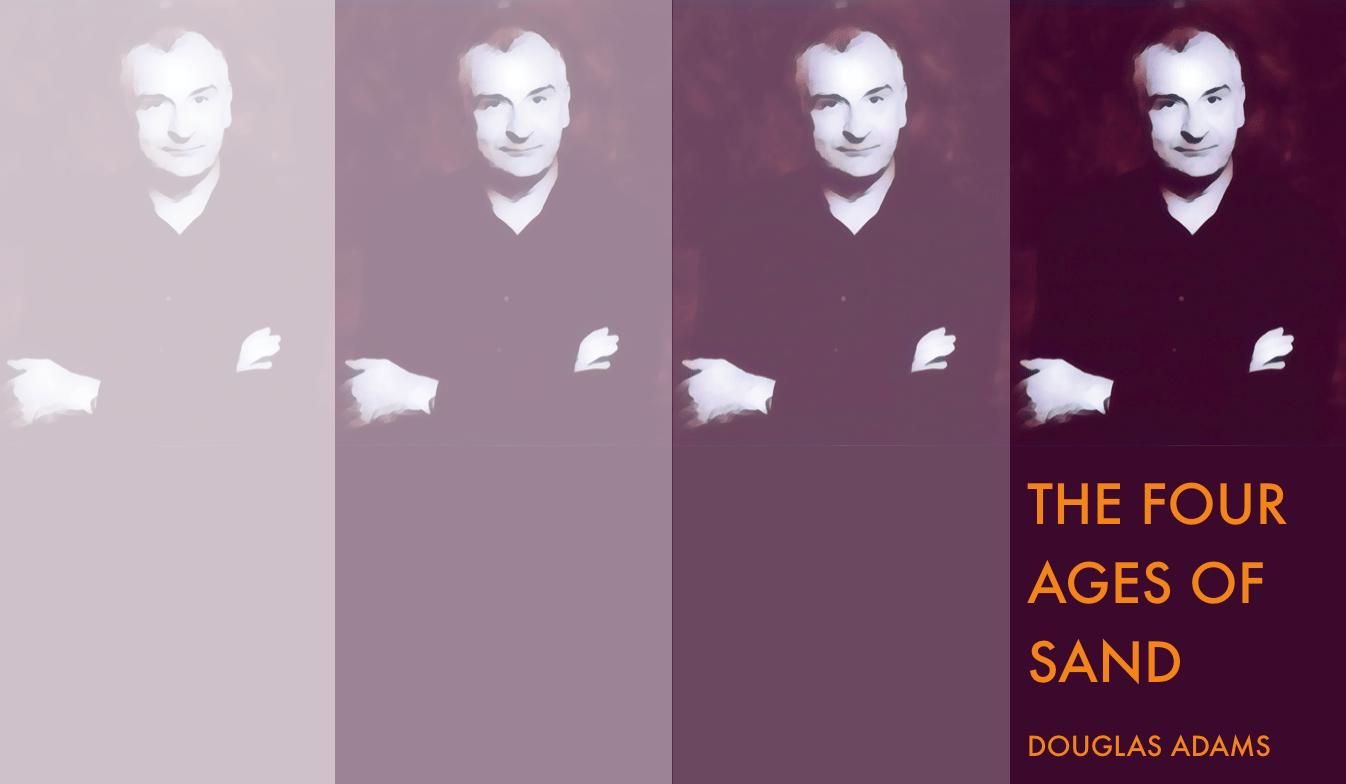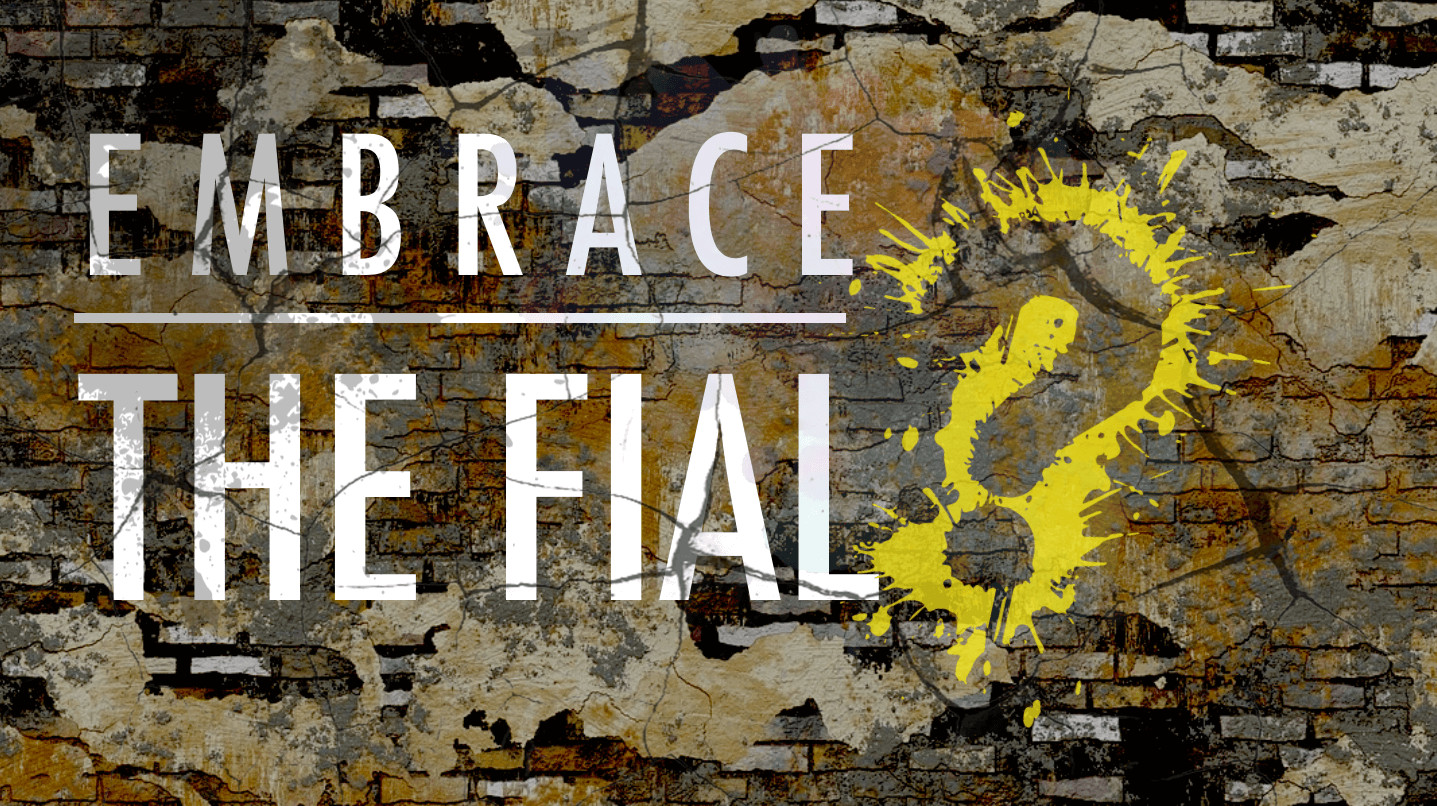I received an email yesterday from the State News (our local university newspaper) about what I thought of the 60 second lecture—a trend sweeping through online courses. Some of my first thoughts about this are below.
If you don’t know what they are, check out this article in the Chronicle of Higher Education: These lectures are gone in 60 seconds. As the article says,
Take a 60-minute lecture. Cut the excess verbiage, do away with most of the details, and pare it down to key concepts and themes.
What’s left? A “microlecture” over in as few as 60 seconds. A course designer for San Juan College, a community college in Farmington, N.M., says that in online education, such tiny bursts can teach just as well as traditional lectures when paired with assignments and discussions.
Skeptics, however, argue that lectures involving sustained arguments, such as literary analyses or explanations of complex equations, cannot be boiled down in this way.
You can find out more about such lectures (and how to create them) by going to this page that lists handy tips for creating such lectures.
So in some sense these mini-lectures are the logical culmination of a process that emphasizes modularity – little pieces that can be fit and moved around at will for specific pedagogic purposes—A byte size chunk of talk that captures in one short burst the key ideas of a topic. This is a perfect fit for our increasingly fragmented lives – a quick lecture on fire safety or nuclear physics or educational theory that slides effortlessly between the drive-through pickup window and taking your kids to soccer. Whether you like it or not the 60 second lecture is symptomatic of our nervous and hurried times. So what’s next? Lectures as haiku? Seventeen syllables that will enlighten you about any topic you choose to learn?
The debate between proponents and detractors of the 60 second lecture, though, miss the point. I don’t think the people creating these lectures actually see them as being the medium for conveying every nuance or detail that students need to learn. The key point is that these mini-lectures need to be “paired with assignments and discussions.”
Those who don’t like these micro-lectures suggest that forcing complex ideas into such tight constraints is fundamentally disrespectful to the complexities of acquiring deep domain knowledge. And there is truth to this view. Take a moment to just read the transcripts of these lectures. Here is one titled “The Knowable Universe” by Physics professor Vijay Balasubramanian:
The most amazing thing about this world of wonders is that we can understand it. It is not at all evident why this had to be the case, but it is the case, and there are two reasons why. First, underneath all of the immense complexity and apparent randomness of the natural world, there seems to be an intricate order. To perceive this order we must look beneath the surface – often with specialized instruments, but it is there nevertheless. What is more, the human mind can apparently understand the underlying structure in the universe. A cat can’t understand calculus, and likewise there is no compelling reason why the inner workings of the universe should be comprehensible to us. But they are. The human mind apparently apprehends the abstract patterns within the universal weave. We can see, for example, that the orbits around the sun can be simply described as ellipses. We can give a complete description of the physics of light in four short equations that would fit on a t-shirt. Nature is replete with such miraculous orderly relations. And the human sense of aesthetic simplicity seems to be an excellent guide to comprehending that order. Perhaps, as the poet concluded, “Beauty is truth and truth beauty. That is all ye know on earth and all ye need to know.”
Poetic, sure. Evocative, yes. But as a physics lesson it leaves a lot out, don’t you think? You can see the same problem when you go through the transcripts of all the lectures on this site.
So what does all this mean? Just a few thoughts.
First, it seems to me that there are two positive aspects of this phenomena.
First, the less we lecture the better we (and our students) are for it. So mini-lectures combined with intelligent assignments can be a good combination for student learning.
Second, crafting mini-lectures is hard. It forces instructors to think carefully about each and every word, and the nuances of each word. If this trend forces faculty members (including myself) to tightly craft what we say, for maximal impact, that’s a good thing. It is always easier to blather on without making a salient point than it is to present a well thought through coherent, cogent argument. So if this leads to less talking and, more importantly, smarter talking by instructors, who am I to complain.
Now for the concerns, which parallel the two positives I noted above.
Though lecturing less is a great idea, we must be careful about how we are selling this idea of a mini-lecture. It seems to me that a large part of this hyping of mini-lectures has to do with marketing, building on a fundamental misconception that most people have about the nature of learning. Most people believe in a transmission model of learning, where professors transmit knowledge from their brains to those of their students. Clearly the lecture is a pretty good way of doing this – which explains why most people think of learning as listening to lectures. (See this video from Kaplan that I blogged about earlier, as an example of another institution that parades the same idea.) I would not be surprised to find out that most students who flock to these mini-lecture driven courses think that all they have to do is listen to these 60 second lectures. How easy and convenient is that. The problem is that no deep learning can happen through these mini-lectures. (One can argue that no deep-learning can happen through lectures period, but obviously mini-lectures are a even greater failure in that regard.)
I see this offering of mini-lectures as a form of bait-n-switch that does not serve higher education well. If we have to advertise our programs they should not be along the lines of how little time they will take but rather how good they are. I am not against convenience. I love teaching online and one of its greatest assets is that it is convenient. So a mini-lecture complemented by intelligently designed assignments and activities would be great – but it would take significant effort and time. I wonder if the students signing up for these courses know that – or whether they think that all course learning will happen through these little snippets of video.
Second, though I am sure instructors are crafting their words carefully, it is not clear to me that the video aspect is being used as appropriately. That is not surprising since university faculty are often well versed in using words and can actually be quite naive when it comes to images and video. Clearly, the transcripts of these lectures shows just how naked the emperor is. Now video is a powerful medium, but it is a seductive medium. It is only when we read the transcript do we realize the paucity of ideas that can be conveyed in a mini-lecture. I remember having a similar feeling many years ago when reading news stories on CNN.com. The same news-segment that looked quite complex and rich on TV appeared woefully inadequate and short on the screen. So a story of a demonstration in the West-Bank, at least on TV, was more then just the words – it was words + images. And just as we craft the words, we need to craft the images. Now, this is not something that is happening with the mini-lectures. The mini-lectures are usually just a talking head mouthing the words. There is no attempt to craft the affordances of video for any pedagogical purpose. But this takes time and money – and requires instructors to step out of their comfort zone of words into thinking of the semantics, syntactics and rhetorical aspects of using images and video.
At the end of the day, these mini-lectures are a fad, I guess created for marketing purposes. They sidestep some of the more thorny issues of teaching with technology and that has to do with how technology, content and pedagogy have to work together for deep, engaged teaching and learning to occur.
Why, oh, why does everything have to end up with the TPACK framework?




I had never heard of that. I’m not sure cutting “the verbiage” really transform a 60-minutes lecture in a 60-seconds one. Certainly, it’s quite essential to go to “la substantifique moëlle” to sum up a lecture, but every true synthesis begins with a good analysis.